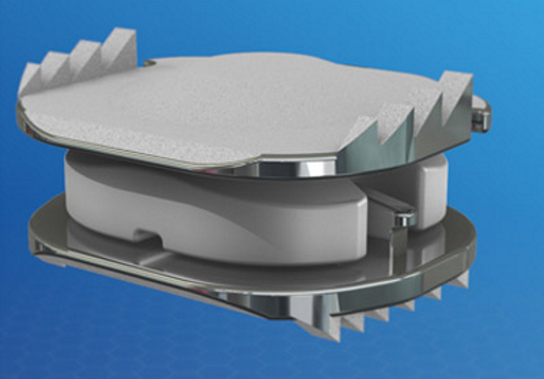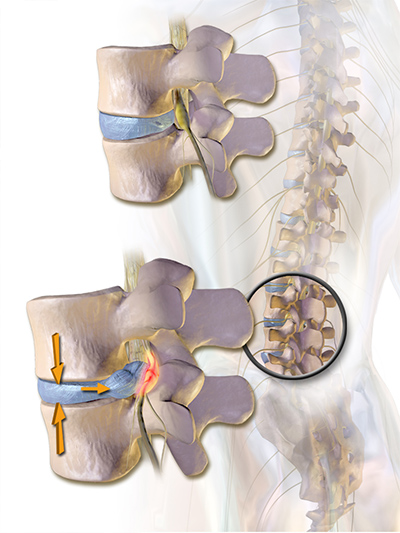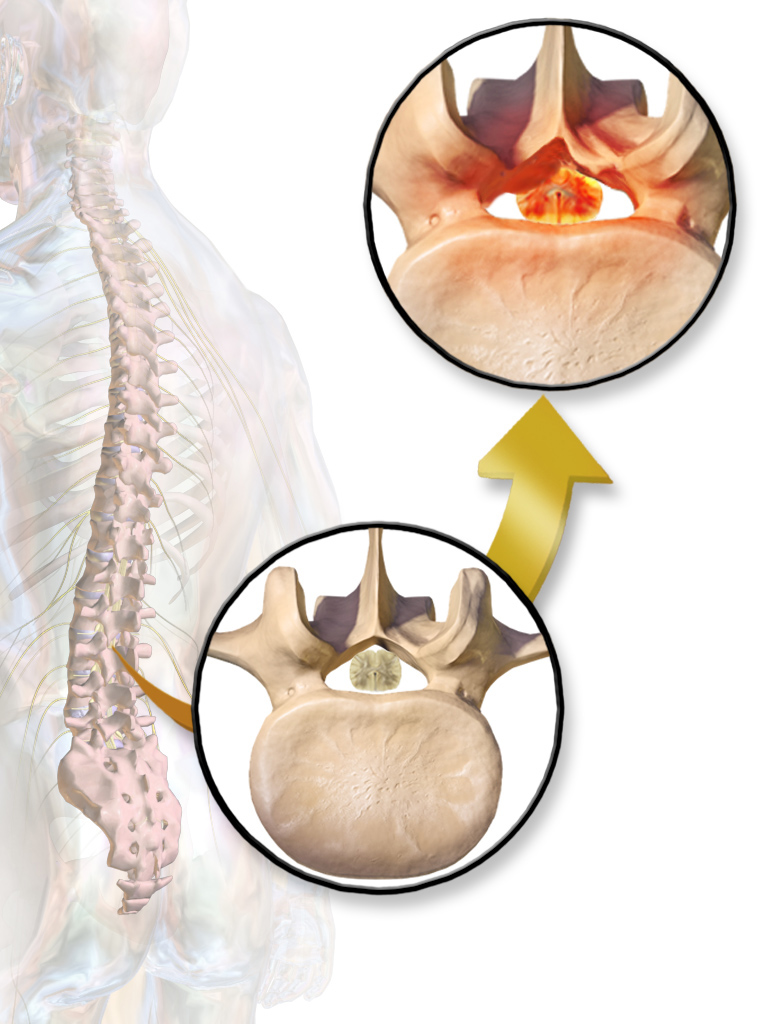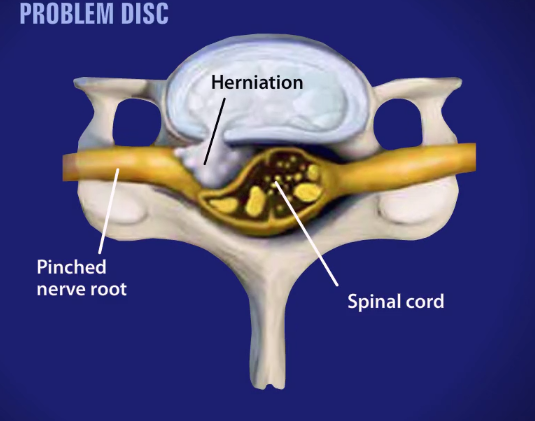Cervical Fusion
Prime Suspect: Stenosis
Symptoms of spinal stenosis can vary depending on the location and severity of the problem. Spinal stenosis can cause pain, weakness, numbness and tingling in the arms and legs. Spinal stenosis in the lower back commonly causes sciatica, a sensation of burning pain that can travel through the buttocks and down the legs. Spinal stenosis can also cause problems with control of the bladder and bowels.
Surgery Overview: Cervical Laminectomy with Fusion
Sometimes, posterior cervical foraminotomy or artificial disc are not appropriate solutions for relieving pressure on the spinal cord or nerve roots. In this case, and anterior cervical discectomy, fusion and plating is the appropriate step. My guiding philosophy is to preserve as many mobile segments as possible. For the vast majority of cases a one or at most two level fusion is appropriate. It is a successful strategy that has been utilized for decades. It has been very well refined.
Recovery:
I regularly perform this procedure as an outpatient. There is no need for collars in the postoperative period. Indeed, it is my recommendation that patients begin neck range of motion immediately.





